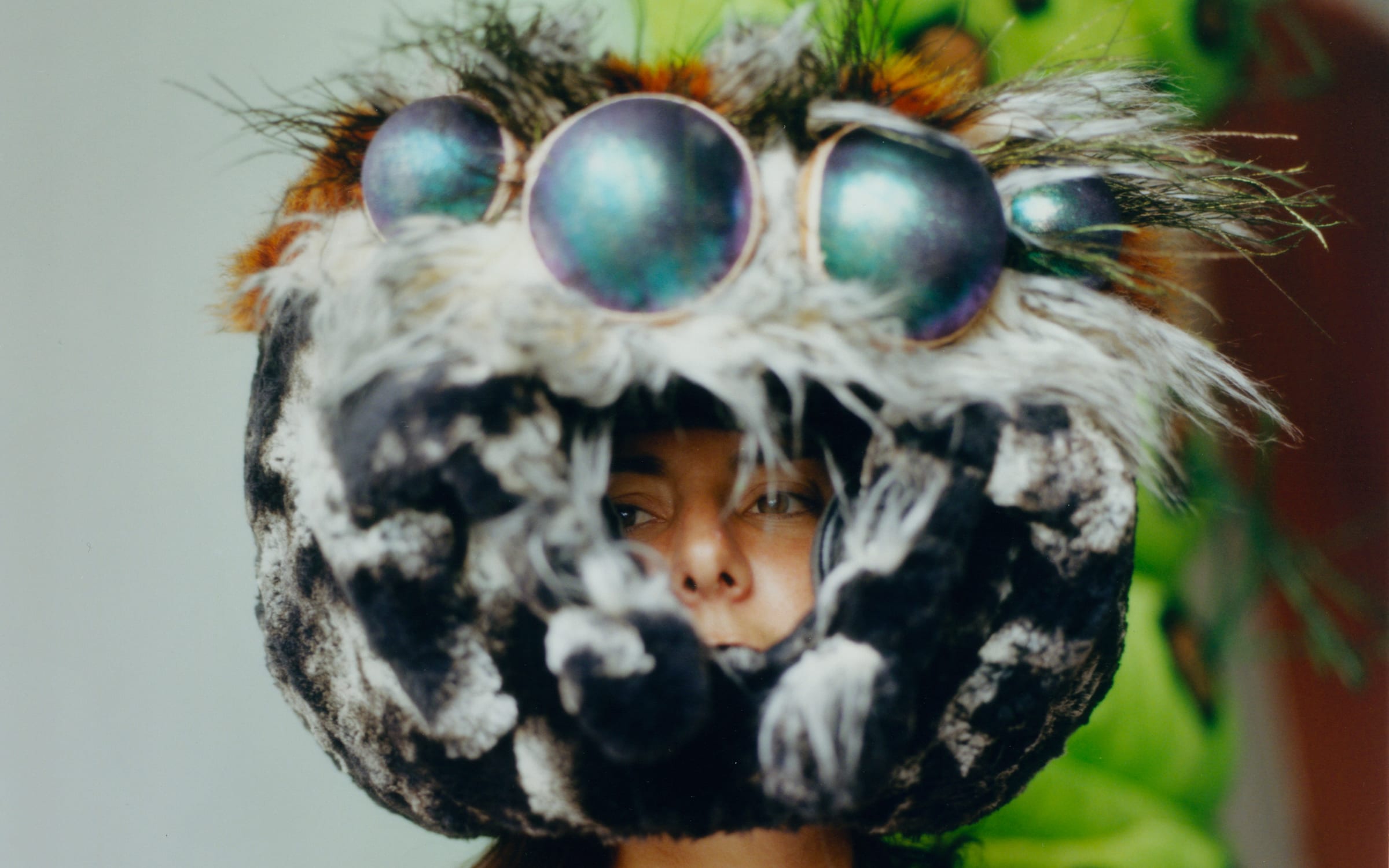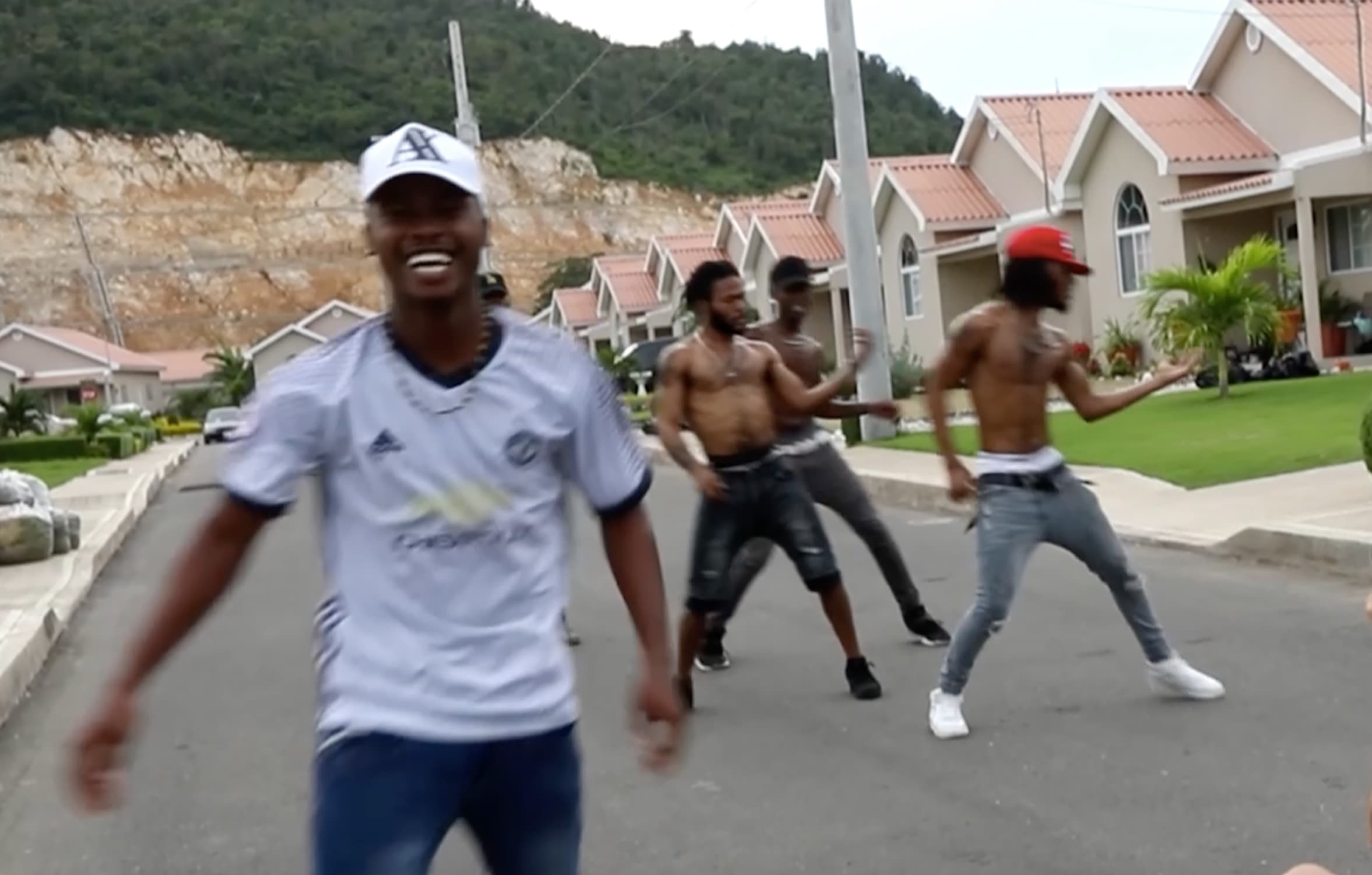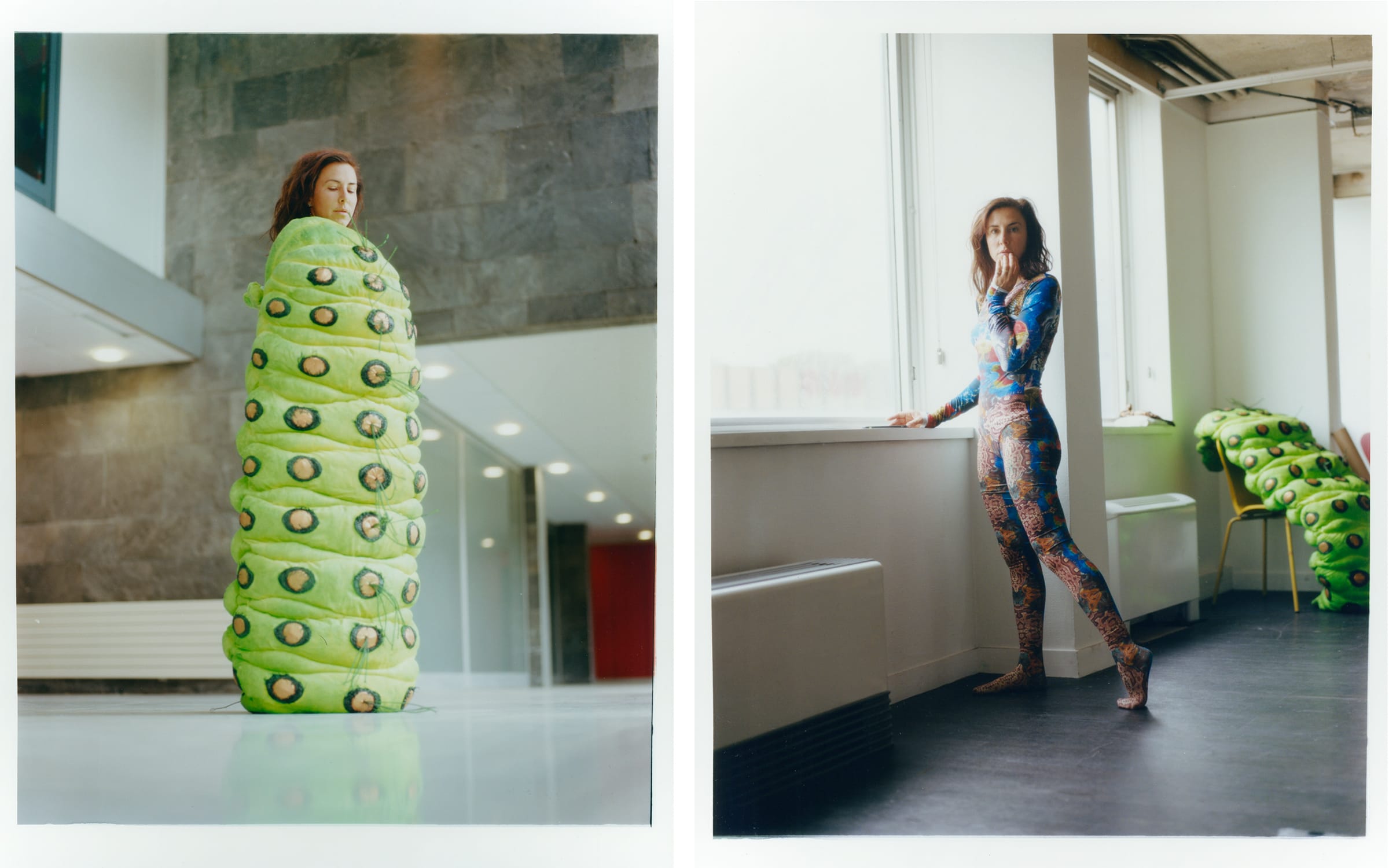Discover Cecilia Bengolea’s infinite library of dance steps
In videos and performances that move the body and soul, the artist brings exuberant dancehall culture to Art Basel’s public art program



In videos and performances that move the body and soul, the artist brings exuberant dancehall culture to Art Basel’s public art program


